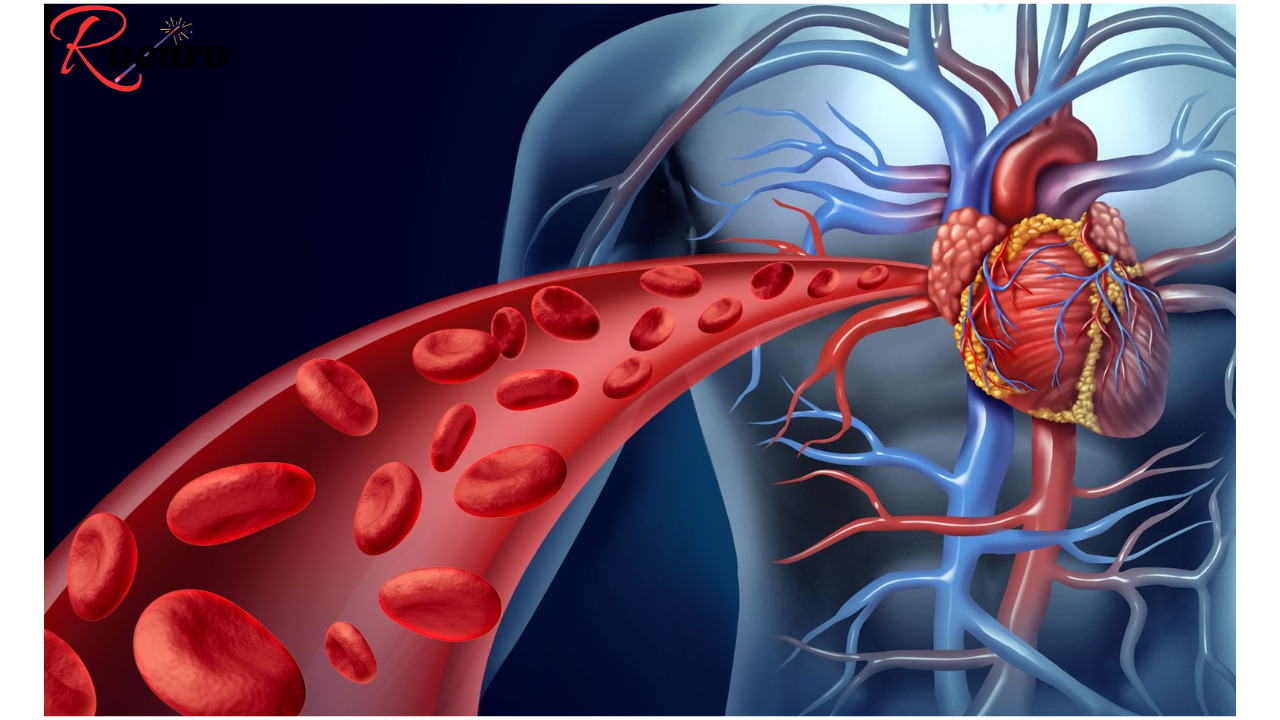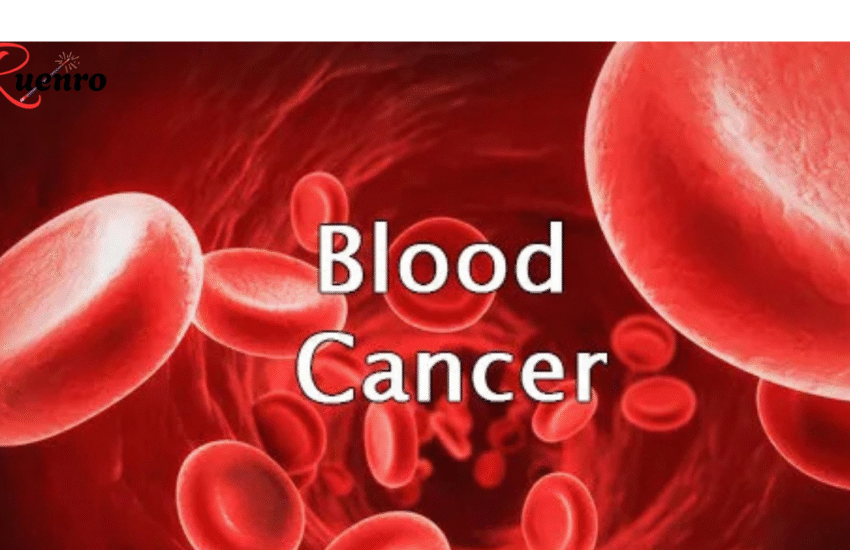Here Are 7 Warning Signs You Have Blocked Arteries
Your arteries are the highways of your body — carrying oxygen-rich blood from your heart to every organ and tissue. When those arteries become clogged or narrowed, blood flow slows down or stops completely. This condition, known as atherosclerosis, is one of the leading causes of heart attack, stroke, and peripheral artery disease (PAD).
The scary part? Blocked arteries can build up silently over many years before causing a serious event. But your body often sends warning signs long before a crisis occurs — if you know what to look for.
Here are seven important warning signs that may mean your arteries are becoming blocked.
1. Chest Pain or Pressure (Angina)
One of the most common early signs of blocked arteries is chest discomfort, also known as angina.
- What it feels like:
- Tightness, pressure, heaviness, squeezing, or burning sensation in the chest.
- The pain may spread to your arms, shoulders, jaw, neck, or back.
- It often occurs during physical activity or emotional stress and eases with rest.
- Why it happens:
When plaque (fatty deposits) builds up in the coronary arteries, your heart doesn’t receive enough oxygen-rich blood, especially during exertion. - When to act:
If you experience chest pain regularly, especially during exercise, seek medical help immediately. Persistent or severe chest pain could be a sign of an impending heart attack.
2. Shortness of Breath
If you feel winded after minimal effort, your arteries might be struggling to deliver enough oxygen to your heart and lungs.
- Why it happens:
Reduced blood flow makes your heart work harder, leading to fatigue and breathlessness — especially during activities that didn’t previously tire you out. - What to watch for:
- Difficulty breathing while climbing stairs or walking short distances.
- Feeling out of breath even when lying down.
- Accompanied by fatigue, chest discomfort, or palpitations.
Shortness of breath is often an early red flag of coronary artery disease (CAD) and shouldn’t be ignored.
3. Pain, Numbness, or Cramps in the Legs
If you experience pain or cramping in your legs when walking, it may not just be muscle fatigue — it could signal peripheral artery disease (PAD), caused by plaque buildup in the arteries of your legs.
- What it feels like:
- Cramping or burning in your calves, thighs, or hips after walking or climbing stairs.
- The pain usually goes away when you rest and returns when you move again.
- Why it happens:
Narrowed arteries restrict blood flow to your lower limbs, depriving muscles of oxygen. - When to act:
Leg pain that improves with rest is a major warning sign of blocked arteries. Left untreated, PAD can lead to tissue damage or even amputation.
4. Fatigue and General Weakness
When your arteries are clogged, your organs and muscles receive less oxygen and nutrients, leaving you feeling unusually tired.
- What to watch for:
- Constant fatigue, even after a full night’s rest.
- Lack of energy for daily activities.
- Feeling weak or lightheaded without explanation.
- Why it happens:
The heart has to work harder to push blood through narrowed arteries, straining the body and draining your energy.
This symptom often appears in women as an early sign of heart disease, even before classic chest pain develops.
5. Erectile Dysfunction (Men)
For men, erectile dysfunction (ED) can be one of the earliest signs of artery problems — sometimes years before heart disease is diagnosed.
- Why it happens:
Arteries supplying blood to the penis are much smaller than those to the heart. When plaque begins to form, it often affects these smaller vessels first, reducing blood flow and making it difficult to maintain an erection. - When to act:
If ED develops suddenly or without an obvious cause, talk to your doctor. It could be an early indicator of widespread vascular disease — not just a hormonal issue.
6. Cold Hands and Feet (Poor Circulation)
Do your hands or feet often feel cold or numb, even in warm conditions? That could signal poor circulation caused by blocked arteries.
- What to watch for:
- Persistent coldness in extremities.
- Pale or bluish skin on fingers or toes.
- Weak pulse in the wrists or ankles.
- Why it happens:
Narrowed arteries limit blood flow to the extremities, leading to temperature changes and tingling sensations.
If left untreated, severe circulation issues can cause tissue damage or ulcers — particularly in people with diabetes.
7. Dizziness or Fainting Spells
Frequent dizziness or fainting may indicate that your brain isn’t getting enough blood due to narrowed arteries, particularly in the carotid arteries (the vessels that supply blood to your brain).
- Why it happens:
Plaque buildup can partially block these arteries, reducing oxygen to the brain and increasing the risk of a stroke. - What to look for:
- Lightheadedness when standing up.
- Sudden loss of balance or blurred vision.
- Temporary weakness or numbness on one side of the body.
- When to act:
If dizziness is accompanied by slurred speech, facial drooping, or numbness, seek emergency medical care — these could be signs of a mini-stroke (TIA).
⚠️ Additional Warning Signs
Blocked arteries may also cause:
- Swelling in the legs or ankles (fluid buildup).
- Irregular or rapid heartbeat.
- Cold sweats or nausea.
- Confusion or memory problems (from reduced brain circulation).
While these symptoms can be caused by many conditions, they should always be evaluated by a healthcare professional.
🩺 How Doctors Diagnose Blocked Arteries
If you suspect poor circulation or heart disease, your doctor may recommend:
- Blood tests: To check cholesterol and triglyceride levels.
- Electrocardiogram (ECG): Measures heart rhythm and detects irregularities.
- Echocardiogram: Uses sound waves to visualize heart function.
- CT angiography or Doppler ultrasound: Checks blood flow and identifies blockages.
- Stress test: Measures how your heart performs during physical exertion.
Early detection is key — many artery blockages can be treated effectively with lifestyle changes and medications before surgery becomes necessary.
❤️ How to Keep Your Arteries Healthy
Prevention is the best medicine. Here’s how to protect your arteries and promote good circulation:
- Eat heart-healthy foods: Focus on vegetables, fruits, lean proteins, and omega-3-rich fish. Avoid trans fats, processed meats, and sugary drinks.
- Exercise regularly: At least 30 minutes of walking, cycling, or swimming most days of the week.
- Quit smoking: Smoking damages artery walls and accelerates plaque buildup.
- Maintain a healthy weight: Excess fat increases strain on your heart.
- Control blood pressure and cholesterol: High levels can silently damage arteries.
- Limit alcohol: Too much can raise blood pressure and triglycerides.
- Manage stress: Chronic stress contributes to high blood pressure and inflammation.
🧠 Final Thoughts
Blocked arteries don’t happen overnight — they develop quietly over years. The earlier you notice the warning signs, the better your chances of preventing a heart attack or stroke.
If you experience chest pain, shortness of breath, leg cramps, or unusual fatigue, don’t ignore these red flags. Schedule a check-up and ask for tests that evaluate your heart and circulation.
Your arteries are your life’s lifeline — keep them clear, keep them healthy, and listen when your body tries to warn you.



